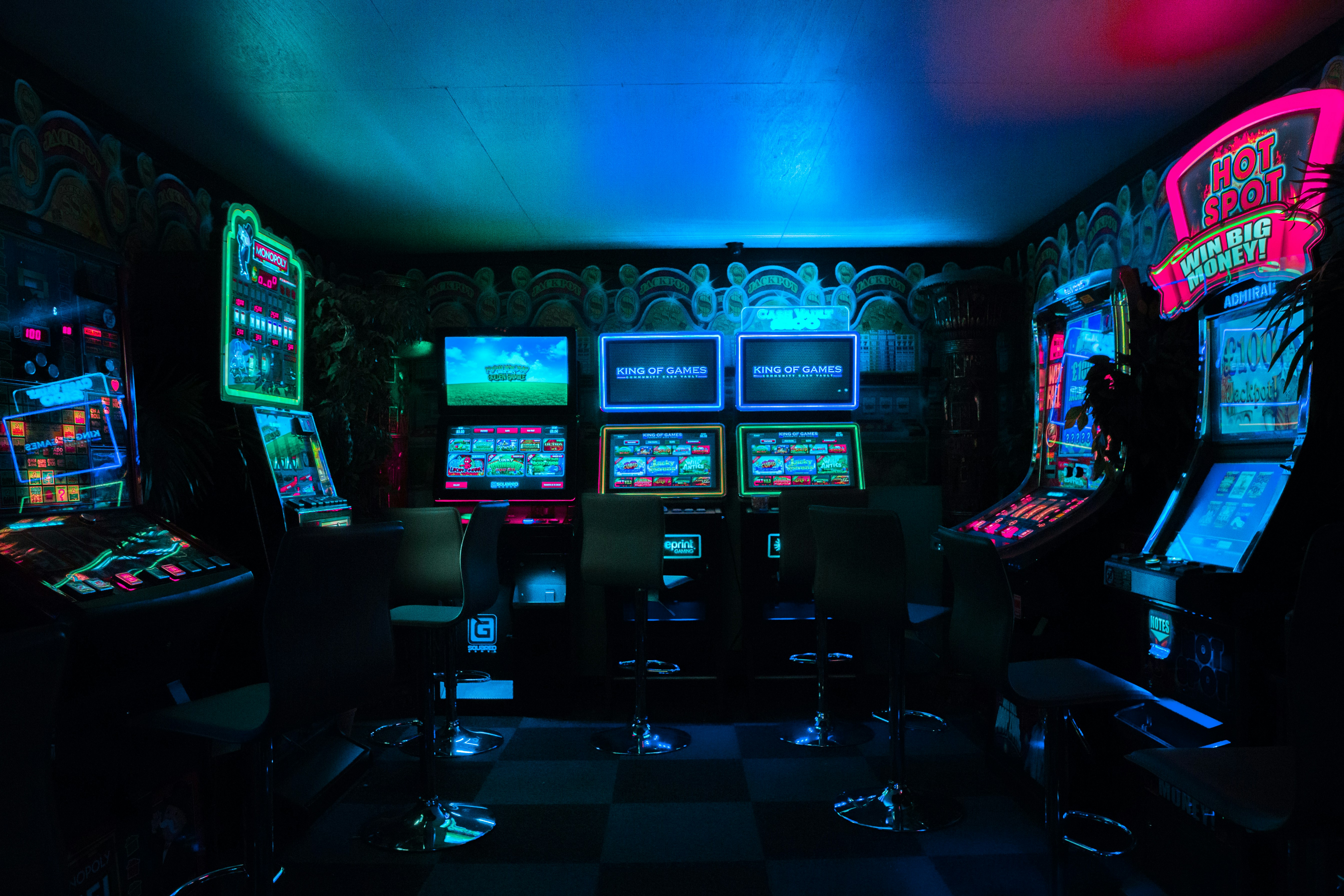Color Psychology in Slots: How Hues Influence Your Gaming Behavior

In the vibrant world of gaming, slot machines stand out as captivating beacons of color and light. These machines are not only engineered to entertain but also to engage players through every aspect of their design, including their use of color. The psychological impact of color in slot machines is profound, influencing player behavior in subtle yet significant ways. This article explores the fascinating interplay between color psychology and betting behavior, offering insights into how hues can affect gaming decisions and the overall experience.
The Role of Color Psychology in iGaming Design
Color psychology is the study of how colors affect perceptions and behaviors. In the realm of igaming, and particularly in sbobet slot machines, color is used strategically to create the desired atmosphere, evoke specific emotions, and encourage particular actions. Platforms are masterful in their use of color to influence guests' feelings and behaviors subtly.
Emotional and Psychological Effects of Colors
Each color has different emotional and psychological effects. For instance, red is often associated with excitement, energy, and increased heart rate, making it a popular choice in gaming environments where the goal is to energize players. Blue, on the other hand, is calming and may be used in areas meant to relax the player, perhaps to keep them playing longer without feeling stressed.
- Red’s Stimulating Influence: Red is a dominant color in many slot machines. It's used to create a sense of urgency and excitement, possibly leading to quicker and more frequent bets. The vibrant red tones are believed to stimulate adrenaline, which can lead to a higher level of engagement with the game.
- The Calm of Blue and Green: Contrarily, blue and green are often used to create a more relaxed atmosphere. These colors can help manage the environment's intensity, making the experience less overwhelming and helping players stay comfortable and engaged longer.
- Yellow and Optimism: Yellow, often associated with optimism and happiness, can be used to make the environment feel lively and cheerful, which may make players feel more enthusiastic about participating in games.
The Strategic Use of Color Combinations
Game designers also think carefully about color combinations. Contrasting colors can make slot machines more appealing and grab attention more effectively than monochromatic themes. For instance, the use of complementary colors like purple and yellow can make details pop, which can attract players from across the room.
How Slot Machine Colors Affect Gaming Behavior
The strategic use of color in slot machines can influence gaming behavior in several ways. Understanding these can help players make more informed choices and can guide designers in creating effective gaming experiences.
Encouraging Longer Play
Colors that induce feelings of comfort and relaxation can encourage players to linger at a machine longer. This prolonged engagement increases the likelihood of igaming. Calming blues and greens are excellent at achieving this effect, potentially leading to more extended sessions and greater total bets.
Stimulating Quick Decisions
Bright colors like red can energize players, leading to faster decision-making and increased bet frequencies. This can be particularly effective in environments where excitement and speed are part of the attraction, such as in high-stakes games.
Influencing Risk Perception
Color can also influence a player’s perception of risk and reward. For example, black and red are often associated with luxury and power, which can make high-limit slot machines more intimidating or appealing, depending on the player's perspective. These colors can affect how risky or rewarding a game seems, which can influence igaming amounts and strategies.
The Psychological Impact of Lighting and Color Saturation
It’s not just the colors themselves but also their saturation and the way they are lit that can impact gaming behavior. Highly saturated colors are vibrant and eye-catching, which can draw players to a machine. Dynamic lighting effects, such as flashing lights and transitions, can create an illusion of movement, making the machine more visually engaging and encouraging more interaction.
Enhancing Game Features
Advanced lighting techniques and color usage can highlight game features, attract attention to bonuses or jackpots, and make gameplay more exciting. These elements are crucial for keeping the player engaged and encouraging them to continue betting.
Implications for Players and Designers
Understanding the influence of color psychology on gaming behaviors can benefit both players and game designers. Players who are aware of how colors affect their behavior can make more conscious choices about which games to play and how long to play them. On the other hand, designers can use this knowledge to craft games that genuinely engage and entertain players, potentially leading to more successful and enjoyable gaming products.
Conclusion
The use of color in slot machines is a powerful tool in the arsenal of platform design, subtly guiding player behavior through psychological cues. By manipulating colors and lighting, casinos can create environments that maximize player engagement and satisfaction. As players become more aware of these strategies, they can better understand and control their interactions with gaming machines, leading to a more mindful and enjoyable gaming experience. For designers, the challenge will continue to be how to use color effectively to balance entertainment with responsible gaming practices, ensuring that the allure of the game remains both compelling and fun.
(Devdiscourse's journalists were not involved in the production of this article. The facts and opinions appearing in the article do not reflect the views of Devdiscourse and Devdiscourse does not claim any responsibility for the same.)










